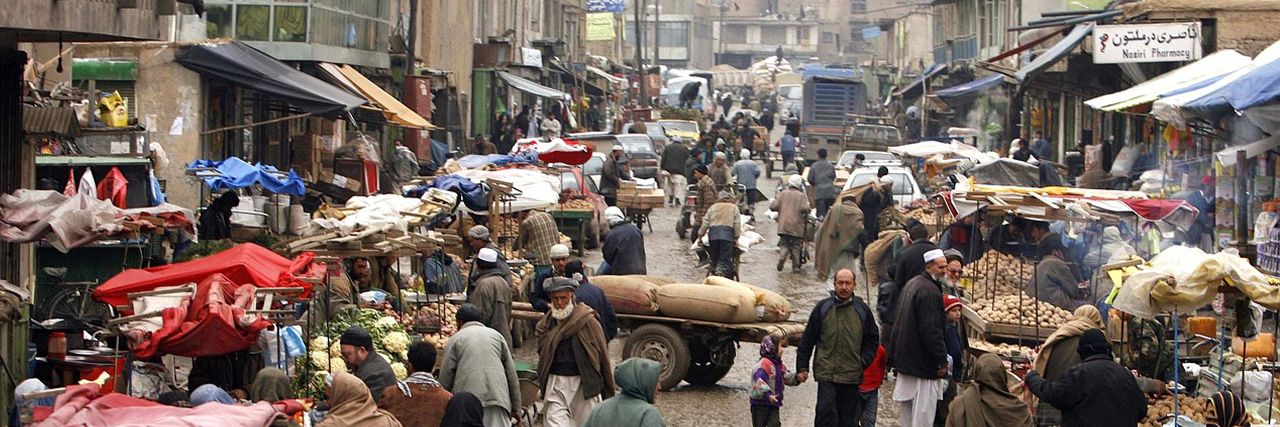Afghanistan Population
Afghanistan is a country with a diverse and predominantly young population, shaped by its ethnic diversity, historical migrations, and socio-political dynamics. Here are key aspects of Afghanistan's population:
Total Population: As of the latest estimates, Afghanistan's population is around 38 million people. Due to the country's challenging security situation and limited infrastructure for data collection, exact figures can vary, but this estimate provides a general idea of the scale.
Ethnic Composition:
Afghanistan is home to a variety of ethnic groups, each with its own distinct cultural and linguistic heritage:
Pashtuns: The largest ethnic group, comprising around 42-45% of the population, mainly residing in the eastern and southern regions of the country.
Tajiks: Around 27-30% of the population, primarily concentrated in the central and northern regions, including Kabul.
Hazara: Approximately 9-12% of the population, predominantly inhabiting central Afghanistan, particularly in the Hazarajat region.
Uzbeks: Around 6-9% of the population, residing in the northern provinces bordering Uzbekistan.
Other Minorities: This category includes smaller ethnic groups such as Aimaks, Turkmen, Baloch, and others, collectively making up the remainder of the population.
Religion:
The overwhelming majority of Afghans are Muslims, with Sunni Islam being the predominant branch. A small minority practices Shia Islam, primarily among the Hazara ethnic group.
Urbanization:
Afghanistan has experienced significant urbanization in recent decades, driven by both internal migration from rural areas and displacement due to conflict. Major cities like Kabul (the capital), Herat, Mazar-i-Sharif, Kandahar, and Jalalabad have grown rapidly, although infrastructure development has not kept pace with urban population growth.
Demographic Challenges:
Afghanistan faces several demographic challenges, including:
Youth Bulge: A large proportion of the population is under the age of 25, representing a significant demographic dividend if opportunities for education and employment can be expanded.
High Fertility Rates: Despite a declining trend, Afghanistan still has relatively high fertility rates, contributing to population growth.
Internal Displacement and Refugees: Decades of conflict have led to internal displacement and refugee flows, both within Afghanistan and to neighboring countries, impacting population distribution and socio-economic stability.
Health and Education: Access to healthcare and education remains limited in many parts of Afghanistan, particularly in rural areas. Efforts to improve these sectors face challenges such as insecurity, lack of infrastructure, and cultural barriers, although progress has been made in increasing access to basic services in some regions.
 Shop
Shop Info
Info Words
Words World
World






 Afghanistan Overview
Afghanistan Overview
